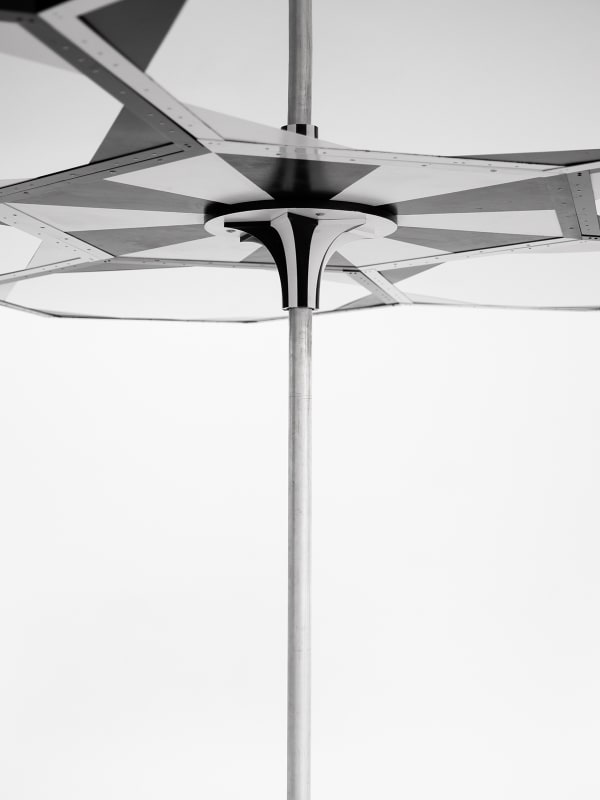-
-
Haseeb Ahmed’s art is a reminder that metaphorical thinking is a necessary condition for real aesthetic exploration of any subject, including science, where language is bound to precision rather than poetic forms. Ahmed’s work often centres around a single topic, most notably wind. His sculptures, installations, drawings and public programs are conceived like a composition for an orchestra; a main theme is resolved through the interplay of many elements at once, including contemporary technology, historical facts, mythology, tales from labs, and more. Although none of these are fictional (Ahmed is careful in pointing out that he invents nothing in his shows), things are aggregated not to communicate efficiently but to evoke. The modes of impressionism come to mind: a depiction of something real using the language of suggestion.
– Piero Bisello, HART Magazine
-
Haseeb Ahmed (b. 1985) is an American artist who lives and works in Brussels, Belgium. He produces objects, installations, and films. His work is often collaborative and draws from the hard sciences, blending art and aeronautics, myth, and technology to create new narratives. Over the last 10 years Ahmed has structured his research-based artistic practice around fluid dynamics of wind and water. His focus is on what we can learn about our changing climates through the movements of the wind and the waters by what they carry, both physically and in terms of cultural associations throughout history.
A chapter in Ahmed’s decade-long project The Library of the Winds, the exhibition 18 Winds explores cultural and historical connotations of the weather, wondering what ecological potential appears when we separate nature from what we make it mean to us. Works in the exhibition speak towards the collaborative attitudes in Ahmed’s cross-disciplinary practice, and include projects developed in the framework of recent residencies with the European Commission’s S+T+ARTS program (MindSpaces, STARTS4Water, GLUON), the Science Gallery in Venice and Werktank (with the support of the Flemish Community), all of which provided numerous interactions with scientists, new technologies, policy makers, business leaders, and other artists.
-

-

-
-

-

-

-
Haseeb Ahmed : 18 Winds
Past viewing_room
















